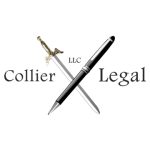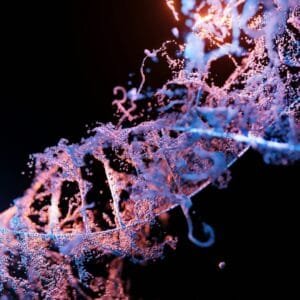Guide to Medical Patents
Medical patents are vital for protecting innovations in healthcare, encompassing pharmaceuticals, medical devices, treatment methods, and healthcare technologies. Securing a medical patent grants inventors exclusive rights to their creations, preventing unauthorized use and fostering further advancements in medical science.
Types of Medical Patents
Medical patents cover a broad range of innovations, including:
Pharmaceutical Patents: Protect new drugs, compositions, and methods of treatment.
Medical Device Patents: Encompass instruments, apparatuses, and machines used in medical procedures.
Biological Patents: Relate to genetically engineered organisms and biological materials.
Healthcare Technology Patents: Cover software and systems designed for healthcare management and delivery.
Application Process
To obtain a patent on medical subject matter, the inventor must:
Determine Patent Eligibility. Biological discoveries and subject matter that can exist naturally are not eligible for patent protection. Determining eligibility is often done by a patent attorney, and may require a patentability search.
Prepare the Application with a Patent Attorney. Inventors and medical professionals should work closely with a patent attorney to ensure the innovation is properly captured and legal drafting requirements are met.
File a Patent Application: Submit the application to the relevant patent office, such as the United States Patent and Trademark Office (USPTO).
- Request International Treatment if Applicable. If you want to sell your medical innovation in multiple countries, you need to request international treatment under the Patent Cooperation Treaty (PCT).
Respond to Office Actions. The patent office examining attorney will likely issue requirements to amend or limit your application. You must meet technical legal requirements in responding to these actions.
Challenges in Obtaining Medical Patents
Biotechnology and medical innovations have unique legal requirements under patent law. These patents have additional application requirements depending on the subject matter, and often require prior art searches in medical, non-patent literature.
Biological innovations may face patent eligibility issues. Anything that can occur in nature without significant human intervention is not patent eligible.
Chemical compounds and manufactured organisms may encounter issues ensuring the invention is clearly defined. These innovations often include reagent ranges and alternatives that can achieve the same result. There are technical rules for claiming these inventions without being indefinite, overly broad, or overly narrow.
Benefits of Medical Patents
Securing a patent offers several advantages:
Exclusive Market Access: The patent holder gains exclusive rights to manufacture, use, sell, or import the patented invention, limiting competition.
Incentive for Innovation: Patents provide a financial reward for inventors, encouraging continued research and development in the medical field.
Typical Cost of a Medical Patent
The cost of patenting a medical innovation ranges in cost based on complexity and subject matter. Applications requiring chemical structure or DNA sequencing lists have increased filing fees and will require more time from the patent attorney preparing the application.
The average cost of a nonprovisional utility application is between $8,000 and $10,000 for inventions that are non-medical and not overly complex. Basic medical devices may fall in this range.
Biological innovations and complex medical subject matter can easily cost $20,000 – $30,000 for preparation of the application, not including filing fees or office action response fees. These inventions require extremely thorough descriptions of not only the invention but also how it is created and alternative methods of creation. These inventions are often the core of biotech companies and must ensure that the subject matter is fully protected.
Examples of Medical Patents
Notable examples of medical patents include:
Viagra: The patent for this drug revolutionized the treatment of erectile dysfunction.
Implantable Cardioverter-Defibrillator (ICD): A life-saving device for heart arrhythmias, protected by patent rights.
Polymerase Chain Reaction (PCR) Technique: A widely used diagnostic tool in molecular biology, its patent has been fundamental in advancing genetic research.

About
Attorney Collier started his own law firm straight out of law school and has been practicing law in Ohio for 5+ years. During that time, Joe focused on business law and litigation, gaining some exposure to intellectual property law. While running his firm in 2021, Joe decided to go back to school and get his patent license. Since then, Attorney Collier has been focusing on protecting innovators and entrepreneurs through his expertise in intellectual property and business law.

